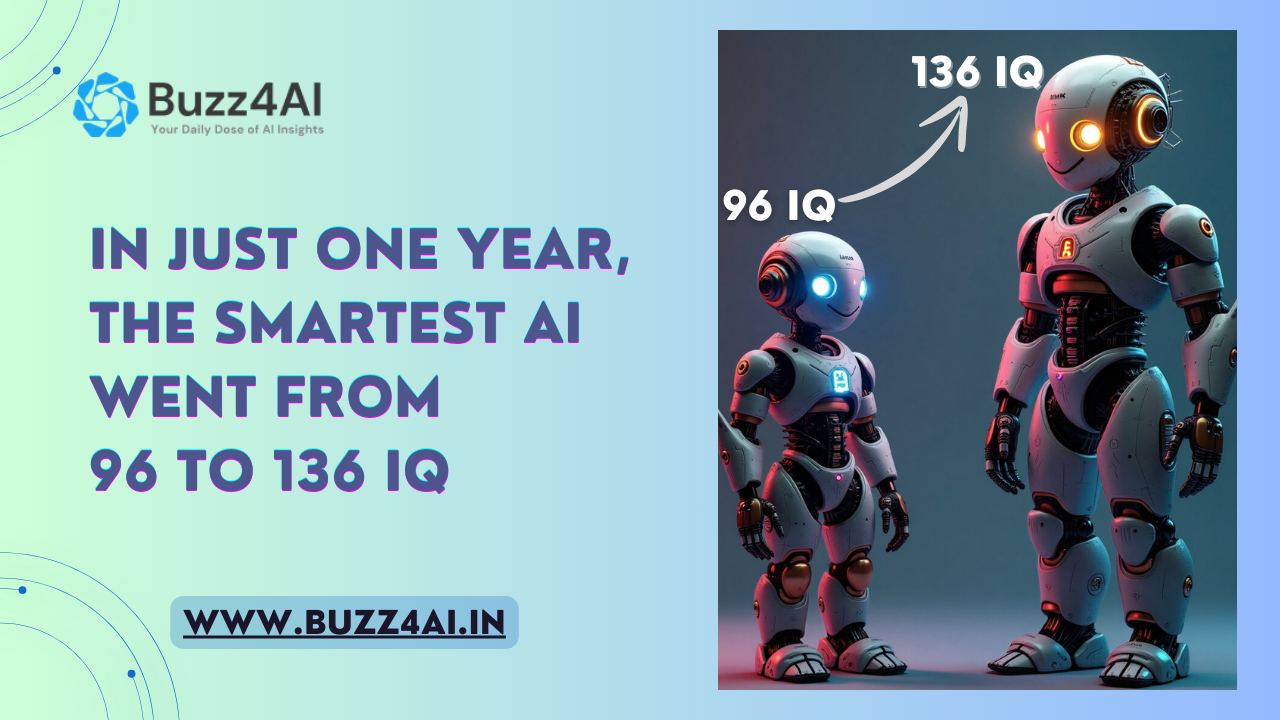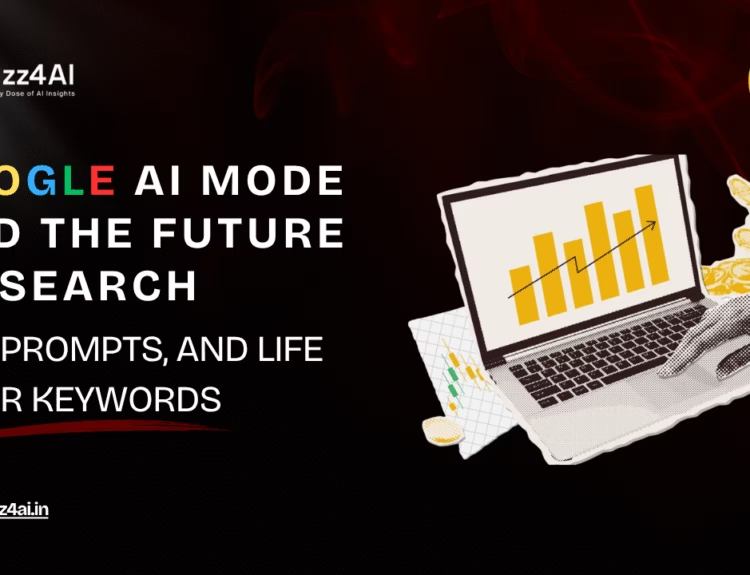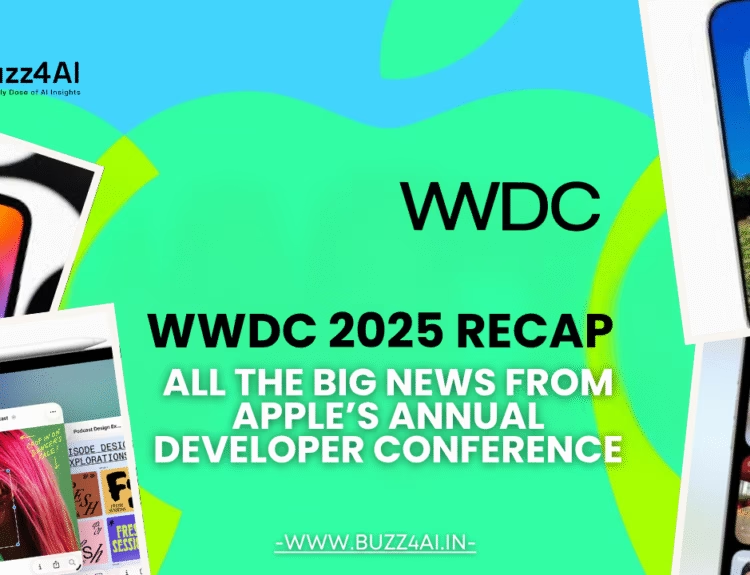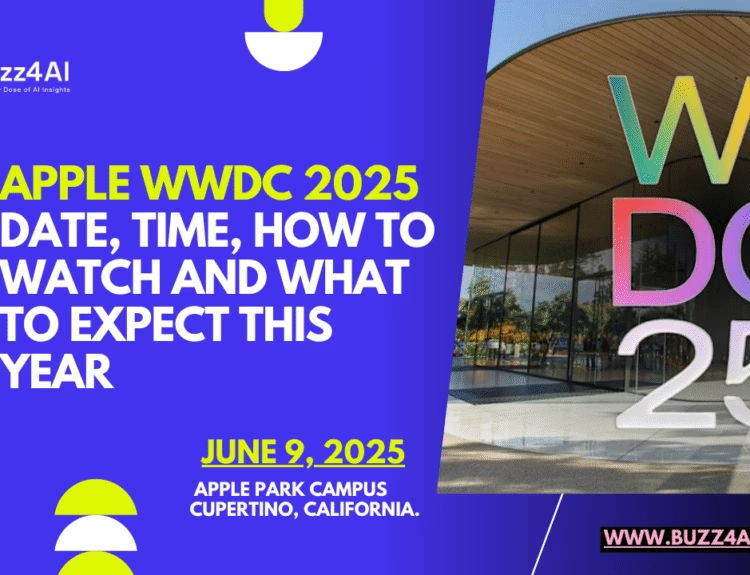AI evolution is no longer measured in decade, its measured in months. In span of just one year artificial intelligence has taken a quite big jump in its intellectual capacity. According to the recent benchmarks, The IQ level of the smartest AI model has jumped from 96 to a remarkable 136.
But what does that number really mean? And how close is AI to human level reasoning.? In this blog, we explore how the smartest AI reached this level, what IQ means in the context of AI and which model is leading the way.
What Is IQ in AI?
In human terms, IQ(Intelligence Quotient) is a standardized score designed to measure the cognitive abilities like logic, reasoning, problem-solving and comprehension.When it is applied to AI models IQ is a proxy measurement, used to compare the AI performance against human cognitive benchmarks.

IQ testing in AI is not just about personality or emotions, it is about how a model performs on real-world tasks, logic, language understanding and even pattern recognition. These scores are determined through psychometric-style tests adopted for machines, such as the Wechsler Adult Intelligence Scale (WAIS) or specially created AI reasoning exams.
What Is the Highest IQ in AI?
As of early 2025, the AI model with the highest known IQ score is OpenAI’s GPT-4 Turbo, which reportedly scored 136 on IQ-style evaluations. This score puts it well above the human average (around 100) and places it in the top 1% of the human population in terms of reasoning capabilities.

According to these results It is important to note that, AI does not possess consciousness or emotions.Its “IQ” is purely a reflection of performance on tasks — not a sign of sentient intelligence.
What Is ChatGPT IQ Level?
ChatGPT, based on OpenAI’s GPT-4 and its turbo variant, has demonstrated IQ scores ranging from 120 to 136, depending on the task and testing framework used. Earlier models like GPT 3.5 head IQ estimates closer to 96 to 105. showing just how rapidly AI intelligence is advancing and growing.
In less than a year, OpenAI improve its Model architecture, training data and reinforcement learning, language understanding have boosted ChatGPT and growing its IQ estimate by 40 points, and its a huge leap in the world of machine learning and AI.
Which AI Model Reaches 136 IQ and How?
OpenAI’s GPT-4 turbo model reaches 136 IQ. This large language model released in late 2024. unlike previous versions GPT-4 turbo was trained with mix of supervised learning and reinforcement learning for human feedback, And is optimized for faster performance and better accuracy.
Here’s that how GPT-4 achieved 136 IQ :
- More diverse and high quality training data
- Large context windows(128k tokens) for better understanding of long and complex conversations easily
- Feedback loops using expert data
- Improved fine tuning using human reviewed responses
These features and improvement allows this model to reaches upto 136 IQ Level by solving complex problems and reasoning easily.
Also Read : Artificial intelligence for cybersecurity: Literature review and future research directionsFinal Thoughts :
It is important that, IQ does not equal to understanding or awareness. While, IQ model can now Outperform many humans on reasoning tasks. they do not think, feel or understand the way humans do.
So, While it is great that the smartest AI went from 96 to 136 IQ in just one year, this is best seen as a tool – a powerful evolving assistant that can not replace.
As we look ahead, the focus is not just on building smart models, but also aligning their power with human values as a long-term benefit.
For more posts visit buzz4ai.in






